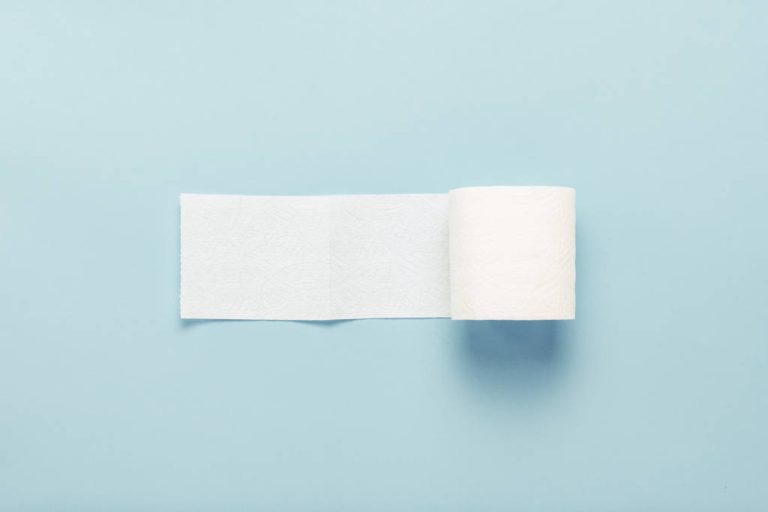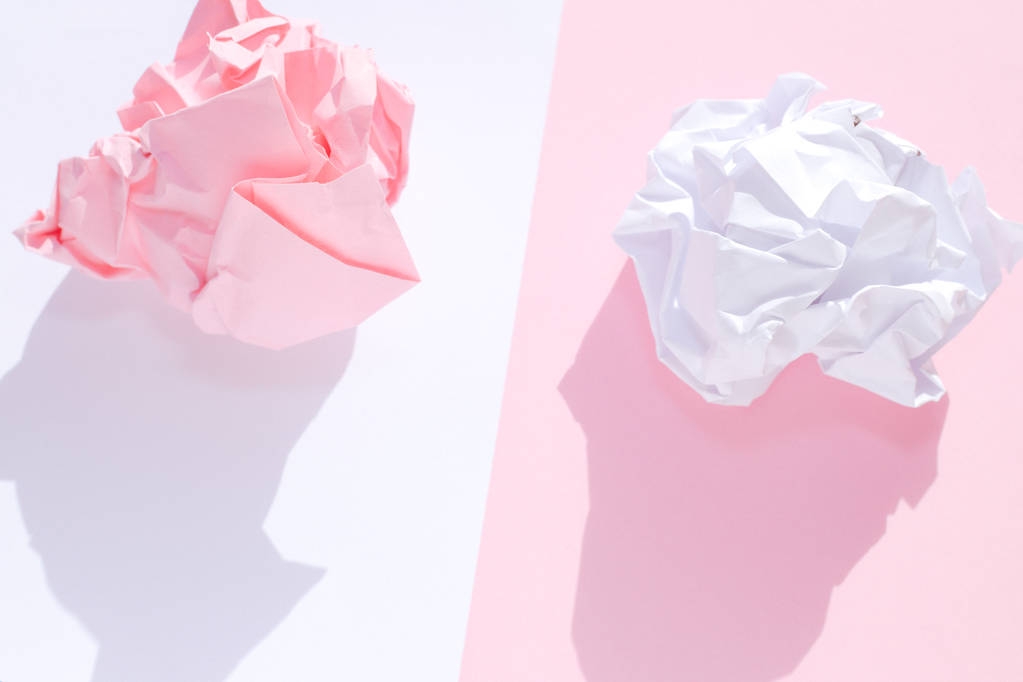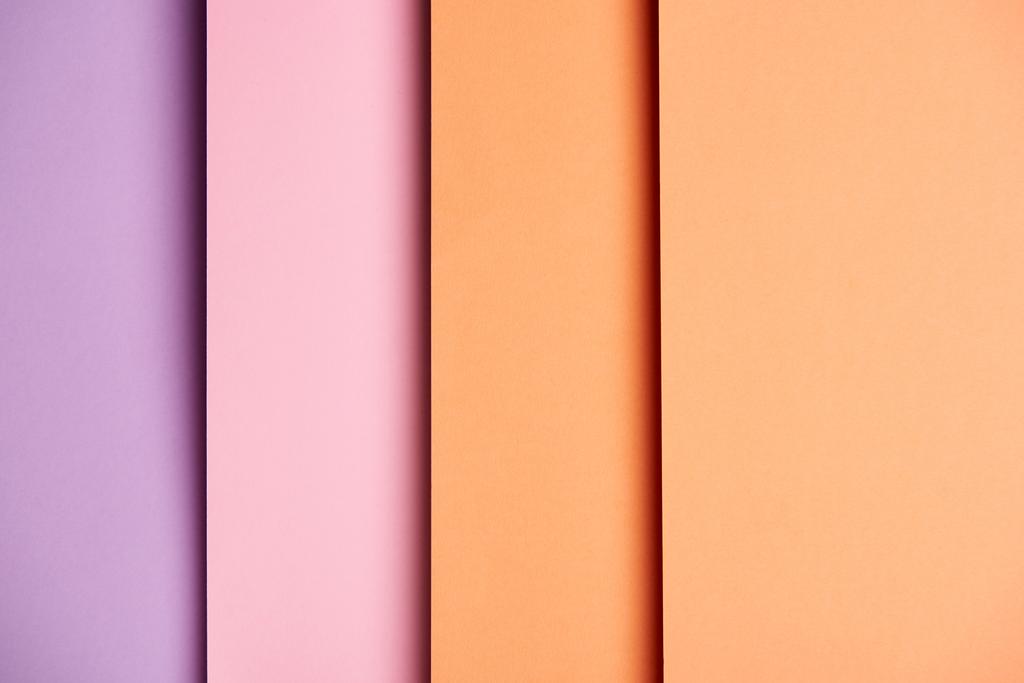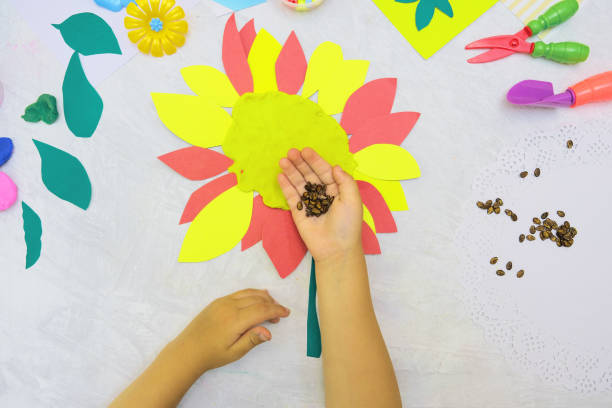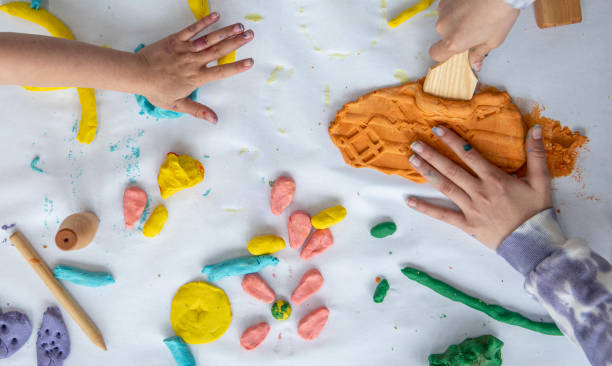Handkerchiefs, pizza boxes, books: can all of that really go in the paper bin? inFranken.de explains popular recycling mistakes – and lists what really can go in the waste paper.
Separating paper waste correctly: This is how you know what can go in the waste paper
Since some types of paper are coated, not all types are equally suitable for waste paper. In general, coated types of paper are not allowed in the waste paper bin. The “tear test” can be used to determine whether the paper is coated. The product is torn and observed to see whether a wafer-thin film can be seen at the tear. If this is the case, the material is coated. However, if fibers can be seen during the tear test, the paper is not coated and it can be recycled – i.e. put in the waste paper bin.
Paper waste is usually collected in paper bins but also at recycling centers. The waste is then taken to a sorting facility where, for example, cardboard is separated from mixed paper. In order to recycle the material, it is dissolved and shredded. The resulting pulp is then dewatered, dried and rolled out into paper webs. Then new products can be made.
For example, new newspaper, office paper, toilet paper and cardboard can be made from the recycled paper.
It really should go in the paper bin
There are a number of paper products that can usually be disposed of in the waste paper bin without any problems.
The following list of permitted waste for the waste paper bin should be clarified with the respective municipality if anything is unclear.
newspapers
magazines
catalogues
Books
brochures
writing paper
cardboard boxes
cardboard
paper packaging
shoe boxes
That doesn’t belong in the paper bin
However, there are also products that contain paper that should never end up in the paper bin. Many people make the mistake of throwing them in the bin.
In any case, soiled paper, coated material or lightweight packaging must not go into the waste paper bin.
Dirty paper
pizza boxes
sticker
labels
carbon and carbon paper
photos
beverage cartons
handkerchiefs
toilet paper
Glued paper and cardboard
napkins
wallpapers
wax paper

Where can I get a waste paper bin from?
In some regions, the price of the bin is already included in the fees for the residual waste container. In many cities or districts, you can already apply for the bins using an online form. Otherwise, you can usually find the right contact person for waste disposal in your municipality. When it comes to volume, you can often choose between a few sizes, depending on how much waste is generated. If the waste container is not sufficient, there is the possibility to take your waste to a recycling center. Do not put your extra boxes or papers next to the bin as this may result in a fine.


